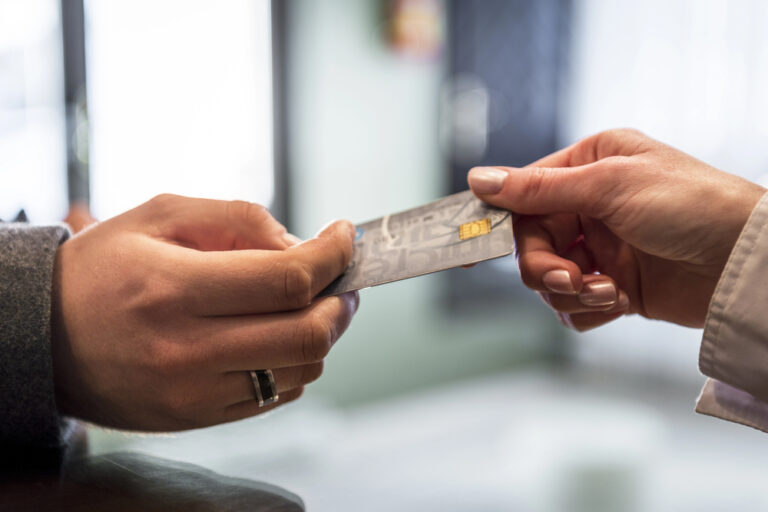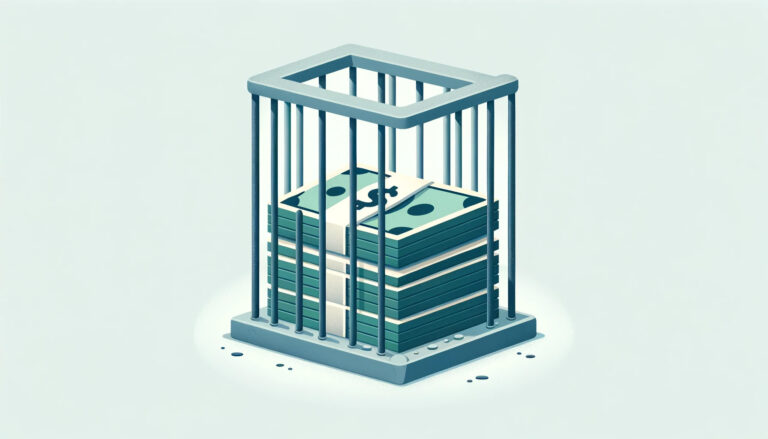One of the more serious declines you’ll face in your business journey is decline code 59. This code signals suspected fraud, and knowing how to handle it can save your business money and protect your customers.
What Is Decline Code 59?
Decline code 59 means the card issuer suspects fraudulent activity on the card. The bank’s fraud detection system has flagged the transaction as potentially suspicious. This doesn’t necessarily mean the cardholder is committing fraud, though. It could be a false positive triggered by unusual spending patterns or other factors.
When you see this code, the bank is telling you to stop processing transactions for this card immediately. They want to protect both the cardholder and your business from potential fraud.
Here’s a comprehensive list of the decline codes you might see.
FEWER DECLINES, MORE CONVERSIONS
Why Cards Get Flagged for Suspected Fraud
Several factors can trigger a fraud alert and result in decline code 59.
Unusual Spending Patterns
If a customer normally spends $50 per transaction but suddenly tries to make a $500 purchase, the system might flag it. The same happens when someone makes multiple purchases in quick succession or shops at unusual times.
Geographic inconsistencies
When a card gets used in different cities or countries within a short timeframe, banks assume something suspicious is happening. A card used in New York in the morning and California in the afternoon will likely get flagged.
High-risk Merchant Categories
Businesses like jewelry stores, electronics retailers, and online gambling sites see more fraud attempts, so banks watch these transactions more carefully.
Velocity Checks
These monitor how often a card gets used. Too many transactions in a short period, even small ones, can trigger the fraud system. This includes multiple attempts to process the same transaction.
Data Mismatches
Mismatched information between the card information and the purchase can cause problems. When the billing address doesn’t match what the bank has on file, or when someone enters the wrong CVV code multiple times, the system assumes fraud.
The Hidden Cost of Continued Processing
Here’s what many merchants don’t realize: every time you attempt to process a card that’s been flagged for fraud, you get charged a fee. This happens even when the transaction gets declined. These fees add up quickly and can seriously impact your bottom line.
Most payment processors charge between $0.10 and $0.25 per declined transaction. If a fraudster keeps trying to use the same card, you could rack up dozens of fees for transactions that never go through. This is money you’ll never recover.
The situation gets worse when automated systems or persistent customers keep retrying the same card. Each attempt generates another fee while providing zero revenue for your business.
Why You Should Block the Card and IP Address
When you encounter decline code 59, your best strategy is to immediately block both the card number and the IP address. This two-pronged approach protects you from continued fees and potential fraud attempts.
Blocking the card number prevents any future attempts to use that specific card on your system. This stops the fee accumulation immediately and protects you from successful fraudulent transactions if the fraud detection system fails later.
Blocking the IP address adds another layer of protection. Fraudsters often have multiple stolen card numbers and will try different ones from the same location. By blocking their IP address, you prevent them from attempting fraud with other cards.
Some merchants worry about blocking legitimate customers, but the risks of not blocking far outweigh the potential inconvenience. Legitimate customers can contact you to resolve the issue, while fraudsters will simply move on to easier targets.
What Legitimate Customers Should Do
When real customers encounter decline code 59, they need to contact their bank immediately. The bank can verify their identity and remove the fraud flag if the transaction is legitimate.
Customers should call the phone number on the back of their card and explain what happened. The bank will typically ask security questions to verify their identity. Once verified, they can approve the specific transaction or remove the fraud flag entirely.
This process usually takes just a few minutes during business hours. Some banks offer 24/7 fraud support, making it convenient for customers to resolve issues quickly.
Best Practices for Merchants
Implement Immediate Blocking Protocols
When you see decline code 59, your system should automatically block both the card and IP address. Don’t rely on manual processes. Automation ensures you catch every instance.
Train Your Staff
They should recognize and respond to fraud indicators. Customer service representatives should know not to retry transactions that have been declined for fraud. They should also understand how to explain the situation to frustrated customers.
Monitor Your Decline Rates
A sudden spike in fraud declines might indicate a broader attack on your system. Many payment processors provide dashboards that track these metrics in real-time.
Use Additional Fraud Prevention Tools
Address verification systems, CVV checking, and velocity filters can catch fraud before it reaches the bank’s systems.
Communicate Clearly with Customers
When legitimate customers get blocked, explain the process for resolving the issue. This transparency builds trust and reduces frustration.
PROTECT YOUR BUSINESS FROM FRAUD
The Business Impact
Properly handling decline code 59 protects your business in multiple ways. You avoid accumulating decline fees that eat into your profits. You reduce the risk of successful fraudulent transactions that could result in chargebacks. And you demonstrate to payment processors that you take fraud prevention seriously.
Payment processors track merchant fraud rates carefully. Businesses with high fraud rates face higher processing fees, additional monitoring, or even account termination. By blocking suspected fraud immediately, you keep your fraud rates low and maintain good relationships with your processors.
Taking Action
When you see decline code 59, act quickly and decisively. Block the card and IP address immediately. Don’t attempt to reprocess the transaction. If the customer contacts you, direct them to call their bank for verification.
Remember that every declined transaction costs you money, even when it’s protecting you from fraud. The faster you block suspected fraudulent activity, the more money you save and the better you protect your business.
Decline code 59 serves as an early warning system for fraud. Use it wisely, and it becomes a powerful tool for protecting your business and your customers.









